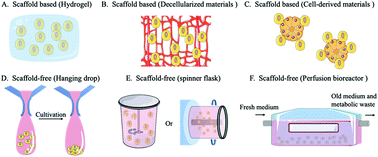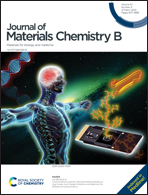Engineering strategies to achieve efficient in vitro expansion of haematopoietic stem cells: development and improvement
Abstract
Haematopoietic stem cells are the basis for building and maintaining lifelong haematopoietic mechanisms and an important resource for the treatment of blood disorders. Haematopoietic niches are a microenvironment in the body where stem cells tend to accumulate, with some nurse cells protecting and regulating stem cells. On the basis of biology, materials science, and engineering, researchers have constructed stem cell niches to address the current clinical shortage of stem cells and to explore stem cell behaviour for biomedical research. Herein, three main resource categories involved in haematopoietic stem cell niche engineering are reviewed: first, the basic approach to construct bionic cell culture environments is to use cytokines, nurse cells or extracellular matrix; second, microscale technologies are applied to mimic the properties of natural stem cell niches; and finally, biomaterials are used to construct the three-dimensional extracellular matrix-like culture environment.

- This article is part of the themed collection: 2023 Journal of Materials Chemistry B Lunar New Year


 Please wait while we load your content...
Please wait while we load your content...